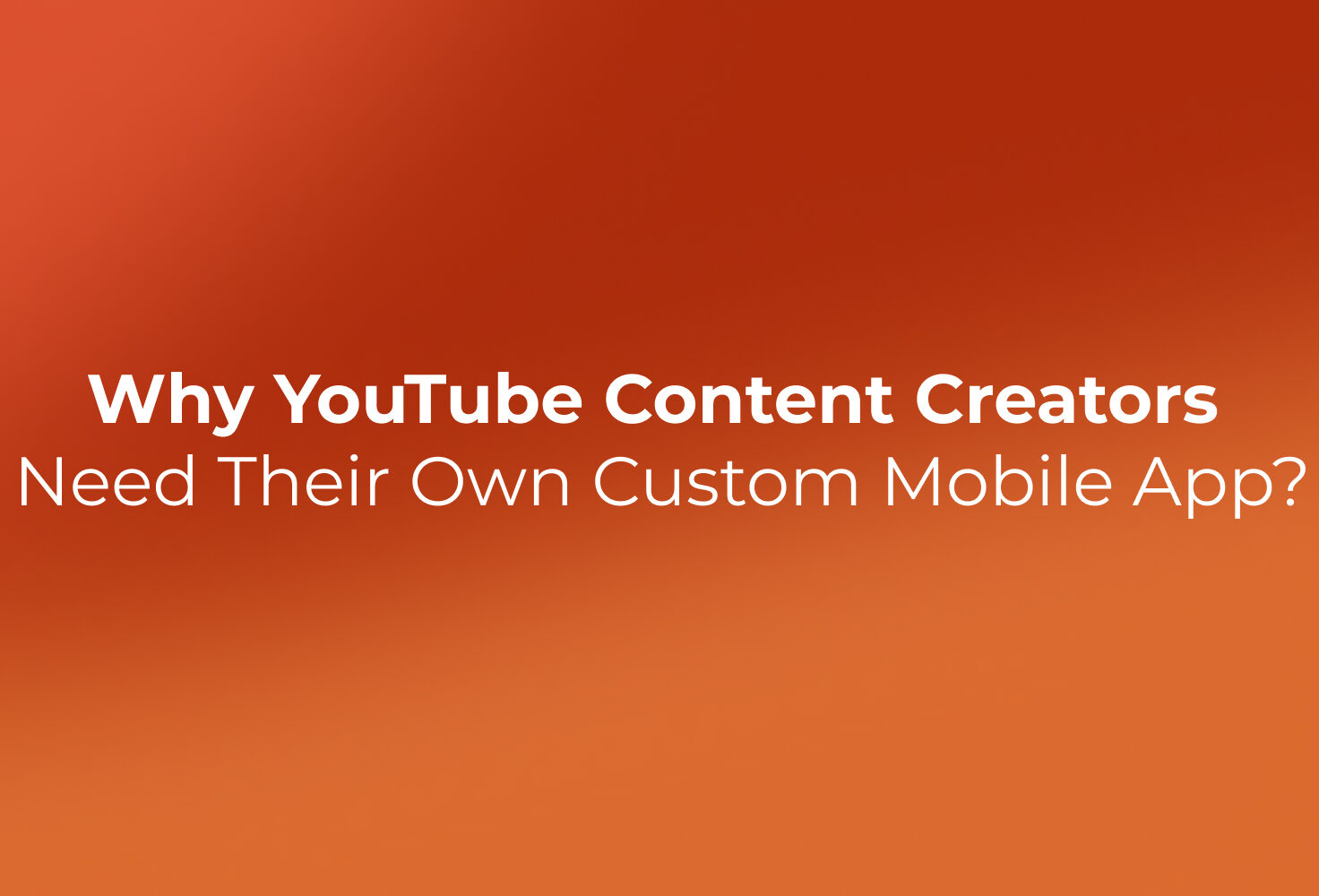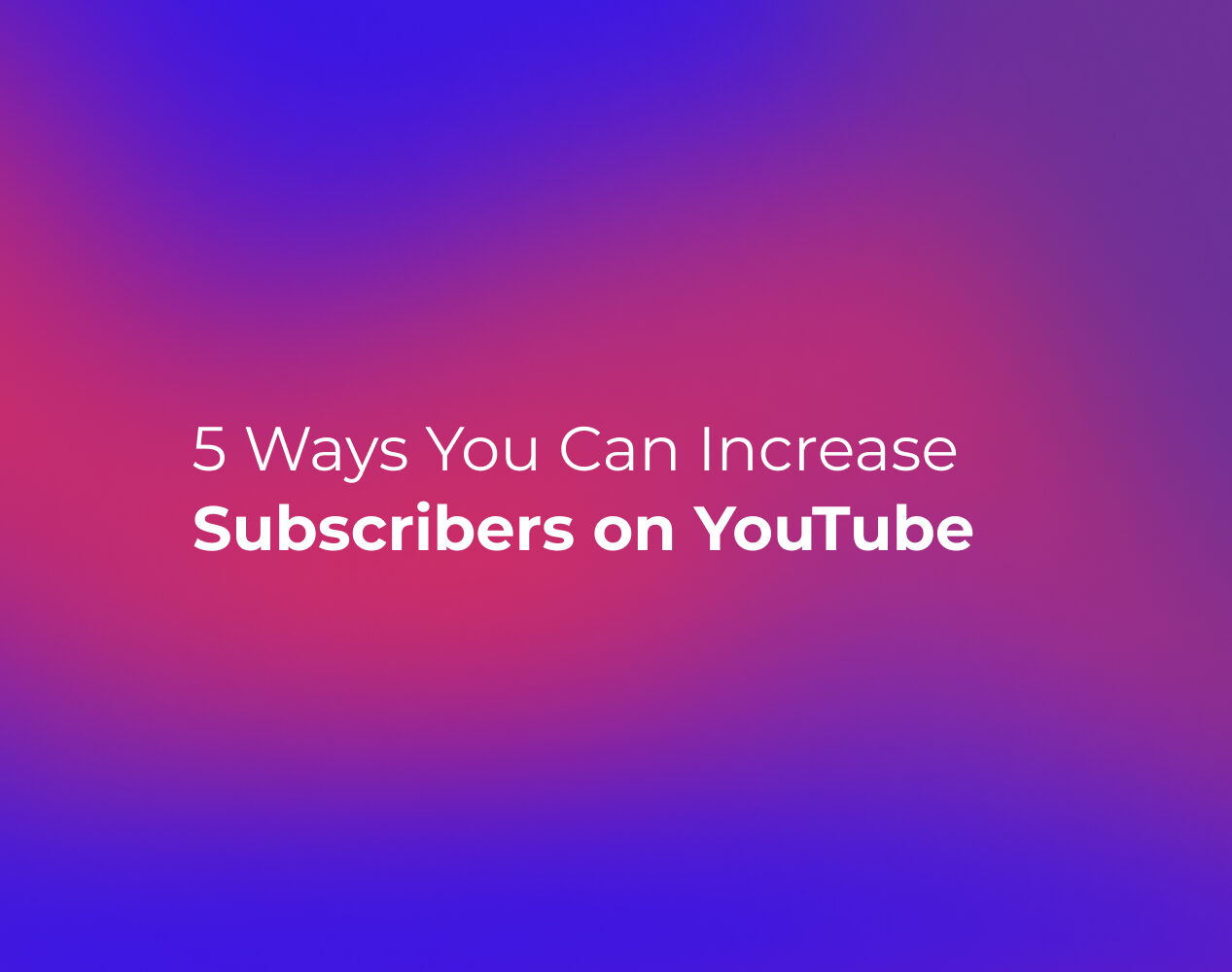Most creators didn’t start this journey because they wanted to chase sponsorships or obsess over CPM rates. They started because they had something meaningful to say, something to share and influence people with their opinions and choices. But monetizing that creativity? That’s where things get complicated.
Fan-funded models offer a new way forward. Instead of selling your reach to advertisers or relying on the whims of algorithms, these models allow content creators to get paid directly by their fans—the people who actually value their work.
This isn’t just a business model—it’s a mindset shift. And it’s reshaping the future of the creator economy.
Introduction to Fan Funded Models
Definition and Overview
Fan-funded models are monetization strategies in which creators receive direct financial support from their audience. This support is usually provided through platforms designed for ongoing subscriptions, one-time donations, or community memberships. In exchange, creators offer perks like exclusive content, behind-the-scenes access, or direct engagement.
Instead of building for the masses, creators can build for their biggest fans—the ones who want to be part of the journey, not just passive consumers.
Evolution of Creator Monetization
In the early days, creators had limited options: ads, affiliate links, maybe a sponsorship deal if they had enough followers. But these revenue streams were unpredictable and often undercut a creator’s independence.
Now, creators are building ecosystems—community-based revenue streams that reward consistency, quality, and connection. It’s not just about monetizing content. It’s about monetizing trust. Case studies like Kickstarter’s role in empowering creators marked a turning point in independent funding.
Types of Fan Funded Models
Subscription-Based Support
This is the foundation of many fan-funded strategies. Platforms like Patreon or FanHero let creators offer tiered memberships with ongoing access to perks. These might include early content drops, member-only updates, Q&As, digital products, and shout-outs.
The power here? Predictable income and stronger fan relationships.
Crowdfunding Campaigns
Need to fund a specific project—like a book, podcast, app, or album? Crowdfunding through sites like Kickstarter or Indiegogo enables creators to rally support for one-time initiatives. Fans who contribute often receive limited edition perks or early access.
It’s part marketing, part fundraising, part community activation. AZ Arts breaks down how various crowdfunding platforms function and what creators should consider. Catholic Weekly also reflects on how some niches are moving away from donation-only support due to sustainability concerns.
Donation Platforms
Sometimes, your fans just want to say “thank you.” That’s where tipping tools like Ko-fi, Buy Me a Coffee, or YouTube’s Super Thanks come in. These one-time donations are simple, frictionless, and surprisingly powerful—especially for creators who post free content on social media platforms like Instagram, YouTube, or TikTok.
Membership Programs
For creators looking to build deeper connections, full-fledged membership communities are the next step. Through platforms like FanHero, creators can offer private Discord channels, downloadable resources, monthly Zooms, or premium content libraries—all under their own branding.
This model isn’t just about revenue—it’s about community building.
Benefits of Fan Funded Models for Creators
Financial Stability and Predictable Income
Unlike ad-based income, which can swing wildly from month to month, fan funding provides consistency. With enough subscribers or supporters, you can forecast revenue, hire help, invest in better tools—and avoid burnout.
Predictability turns creative passion into a sustainable business. This University of Maine study dives into the real-world impact fan funding has had on small-scale creators’ financial stability.
Direct Engagement with Audience
When people support you directly, they’re emotionally invested. You’re no longer performing for an audience—you’re building with them. That creates real feedback loops, deeper loyalty, and more meaningful success.
This isn’t just monetization. It’s relationship-building at scale. As SEU’s honors research shows, fan-funded creators tend to foster more intentional, long-term communities.
Why More Creators Are Switching to Fan Funded Models
Changing Dynamics of Content Consumption
Today’s audiences want more than content—they want connection. They want access, transparency, and to support creators they believe in. Fan-funded models make that possible by letting them vote with their wallets, not just their likes.
Limitations of Traditional Revenue Streams
Let’s be real: relying on social media platforms for income is risky. Algorithms change. Ad revenue dries up. And sponsorships often come with compromises.
Reports like Coinbase’s “Crypto and Creators” explore how direct payment and decentralized support models are reshaping the income stack for digital creators.
Capitalizing on Loyal Fanbase
It doesn’t take a million followers to make a living. If you have 500 people paying $10/month, that’s $5,000/month in recurring income. This model is all about depth, not breadth—monetizing the top 1–5% of your community who care the most.
Creator Burnout and Algorithm Fatigue
Chasing trends is exhausting. Many creators are shifting toward models that reward authenticity and consistency instead of virality. Fan funding gives them the space to focus on quality, not quantity—and to protect their creativity long term.
Challenges and Risks of Fan Funded Models
Platform Dependence
Many creators rely on third-party platforms to run their fan-funded models. That comes with risk. Terms of service can change, payout systems can break, or platforms can shut down entirely.
That’s why creators are increasingly exploring new platforms—like FanHero—that let them own their data, brand, and community.
Sustaining Fanbase Interest
Getting fans to support you is one thing—keeping them engaged is another. Fan-funded creators need to consistently deliver value, update their offerings, and listen to feedback. Otherwise, even loyal fans will churn.
Managing Expectations and Deliverables
Transparency is everything. Creators must clearly communicate what fans get, when they’ll get it, and what to expect moving forward. Setting the right expectations prevents misunderstandings—and protects long-term trust.
Case Studies and Success Stories
Leading Creators Using Fan Funding
- Amanda Palmer, musician and author, raised over $1 million on Kickstarter and now uses Patreon to support her work directly through her fanbase.
- Ali Abdaal, productivity YouTuber, runs premium memberships for deeper engagement with fans.
- Mark Manson, author of The Subtle Art of Not Giving a Fck*, offers exclusive content to readers via paid subscriptions.
- Yoga with Adriene runs donation-supported yoga content through YouTube and her own site, generating community-led income.
These aren’t niche cases—they’re proof that creators across all industries are finding success with fan funding.
This launch by RM11 is another sign that investor interest in creator-first funding models is growing across verticals.
Impact on Different Creative Industries
Fan-funded models aren’t limited to YouTubers or streamers. They’re working for:
- Writers and newsletter creators
- Educators and course creators
- Podcasters and indie filmmakers
- Fitness coaches, visual artists, musicians, and even small business owners
Across the creator economy, fan funding is unlocking new ways to monetize content and build movements without traditional gatekeepers like publishers, platforms, or record labels.
Tools and Platforms for Fan Funded Models
Popular Platforms Overview
Here are some of the most widely used tools in the space:
- FanHero – End-to-end solution for branded apps, membership programs, and owned communities
- Patreon – Great for creators just starting out with tiered memberships
- Ko-fi / Buy Me a Coffee – Ideal for creators accepting one-off tips
- Kickstarter – Best for launching big projects and rallying support
| Platform | Subscription | Donations | Branded Control | Own Your Data | Community Features |
| FanHero | ✅ | ✅ | ✅ | ✅ | ✅ |
| Patreon | ✅ | ❌ | ❌ | ❌ | ✅ |
| Ko-fi | ✅ | ✅ | ❌ | ❌ | ❌ |
| Kickstarter | ❌ | ✅ | ❌ | ❌ | ❌ |
Also important: factor in fees. Some platforms take up to 12% of your revenue (or more, depending on add-ons). Make sure you’re not losing a significant chunk of your income to the very tool that’s meant to support you.
Tips for Creators Considering Fan Funded Models
Identifying Audience Willingness to Support
Look for clues: are fans already sharing your work, DMing you, asking for merch or more content? If they’re engaged for free, they’ll likely support you with a bit of encouragement and clarity around what they’ll get in return.
Crafting Value-Added Benefits for Subscribers
This is where you can really shine. Go beyond bonus content—offer deeper access, early previews, personal notes, live chats, community calls, or exclusive resources. The goal is to make your fan funding model feel like a VIP experience.
Balancing Fan Funding with Other Revenue Streams
You don’t have to choose between sponsorships, ads, or fan support. Many creators use all three—along with merch, digital products, or speaking gigs. Think of fan funding as your foundation, with everything else layered on top.
Conclusion
The Future of Fan Funded Models
This is bigger than a trend. Fan funding is transforming the way creators monetize, connect, and grow. As the creator economy matures, more tools, communities, and strategies will emerge—putting power back in the hands of creators.
And at the heart of that shift? Trust. Value. Ownership.
Final Thoughts and Recommendations
If you’re tired of chasing algorithms, worrying about ad rates, or compromising your content to fit a brand’s agenda—fan funding might be exactly what you need.
Start simple. Be clear. Offer value. And build with your fans, not just your followers.
Because in the end, it’s not about reach—it’s about resonance.


